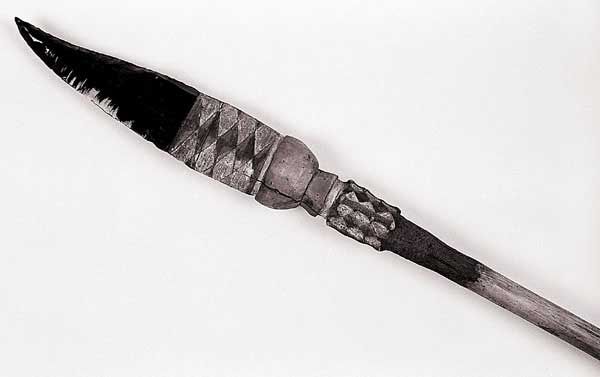

Meanwhile, food preparation required a variety of sharp-bladed knives, each one a tool with a specific function. These sharp small knives were supplanted with table knives that had rounded tips to prevent injuries. Short daggers were useful at the dinner table to spear and eat food, but operator error could be painful. This explains why obsidian blades are not a trend in kitchen knives.Īs civilization moved from the Stone Age through the Bronze and Iron Ages, knives with metal blades became common. However, they are not FDA approved, and because they are very fragile, there is a chance of injury from breakage. Yes, obsidian scalpels are a real thing, ideal for delicate surgery and for patients who have allergies to steel or metal. Research shows that obsidian scalpels can have sharper, more effective blades than steel scalpels. In fact, obsidian blades are used today as scalpels in certain kinds of surgery. Although ancient stone knives may look useless to modern eyes, remember that they were used in ancient times for ritual sacrifice.In fact, knives made from obsidian, a hard, glasslike rock made from lava that cools without forming crystals, made extremely efficient sharp blades. Those simple knives became an essential tool for life, used in hunting, cooking and eating, as well as warfare and religion. If you’ve ever been to museums that display Stone Age tools, do the primitive stone knives make you wonder how mankind survived those days? Sharpened rocks were a step up from using hands, sticks or shells for cutting up food. The latter possibility means that our species is at least 85,000 older than we believe.“A kitchen without a knife is not a kitchen.” – Masaharu Morimoto

These spears were made from obsidian by either another species - which had to be extremely crafty and clever - or ancient humans. The remains are so ancient that they actually predate the earliest known fossils of our species by 85,000 years. Remarkably, obsidian tools may even predate humans! Researchers have found what they believe to be the oldest known stone-tipped throwing spears. Ancients may have transported these goods thousands of miles to trade for other goods and services. Historians believe obsidian may have been the very first material actively mined and used to manufacture sharp tools at scale. The colors are thought to be caused mainly by trace elements of inclusions. Rarely, obsidian can be blue, red, orange, or yellow.

However, it can also be brown, tan, or green. It is an amorphous material known as a “mineraloid.” The result is a volcanic glass with a smooth uniform texture that breaks with a conchoidal fractureīlack is the most common color of obsidian. Obsidian is an igneous rock that forms when molten rock material cools so rapidly that atoms are unable to arrange themselves into a crystalline structure. All sorts of prehistoric artifacts made from obsidian have been found by archeologists, including knives, arrowheads, spear points, and scrapers. Over time, ancient peoples learned to break obsidian into tools of various shapes. This means the obsidian breaks into pieces with curved surfaces that are razor thin and extremely sharp. The volcanic glass is thought to be so sharp because of the way it breaks, a pattern geologists call a conchoidal fracture. “It is in this manner: First they get out a knife stone (obsidian core) which is black like jet and 20 cm or slightly less in length, and they make it cylindrical and as thick as the calf of the leg, and they place the stone between the feet, and with a stick apply force to the edges of the stone, and at every push they give a little knife springs off with its edges like those of a razor.” Hester et al. Motolinia, a 16th-century Spanish observer, left this account of prismatic blade production: “The prismatic glass blade is infinitely sharper than a honed steel edge, and these blades can be produced in a wide variety of shapes and sizes,” wrote Bruce A. Don Crabtree who re-discovered the production technique in the 1970s. The finest of these prismatic blades were produced in Mesoamerica about 2,500 years ago, according to Dr.


 0 kommentar(er)
0 kommentar(er)
